Respiratory diseases in horses
Why cough?
The cough is the watchdog of the lungs. He makes sure that nothing gets into the lungs that doesn't belong there. What e.g. B. something that doesn't belong in the lungs is mucus, dust, pollen, irritating gases or food components if swallowed..... The cough stimulus is based on irritation of nerves. If the nerves are literally exposed, as in the case of acute damage to the mucous membrane, even minor stimuli are enough to cause a cough. If there is long-lasting mucus, the lungs have often already gotten used to the irritation and the cough becomes shallower. The cough is then no longer as “barking” as in acute cases and it often requires stronger stimuli to trigger it. When this habituation occurs, the cough subsides or disappears, even though there is an illness that continues to smolder in the background.

For a long time, horse coughing was considered the same as human COPD and was named as such. Internationally, the terms IAD and RAO are now mainly used to describe the two dominant forms of the disease.
COPD : Chronic obstructive pulmonary disease - chronic obstructive disease of the lungs
RAO: Recurrent Airway Obstruction - recurring airway obstruction
IAD: Inflammatory Airway Disease
infection
At this point we will only discuss the two important viral cough infections, influenza and herpes. There are also other viruses that cause coughing in horses, but their importance is less important.
In addition to viral diseases, there are also bacterial infections, the most important being streptococcal infections, which also include strangles. Other germs also play a larger role in foals.
Lungworm infections (Dictiocaulus arnfieldi) occasionally occur. The 2.5 to 7 cm long thin worm lives in the lungs and is usually only transmitted by donkeys. Symptoms of respiratory illness appear after infection. The coughed up eggs are ingested through the food or litter. An appropriate worm treatment eliminates the problem.
Influenza
Influenza is a viral infection that presents as a respiratory disease (redness of the nasal mucosa, watery nasal and eye discharge, dry, hard cough, fever and risk of secondary bacterial infection (the mucus then turns yellow or greenish)). Transmission occurs as a droplet infection - especially in high horse density. Due to the high contagiousness (infectiousness), there is a risk of rapid spread. A strong cough spreads the pathogens within a radius of 50 meters (i.e. one horse in the stable is enough to infect the entire stable).
Vaccinations can prevent infections or at least significantly reduce the risks of clinical diseases. Due to the constant changes in viruses, the vaccines are continually being adapted.
In addition to causing chronic cough diseases, influenza can cause heart damage and, in particularly poorly protected horses, even lead to death.
Influenza vaccination has long been mandatory at international tournaments, which is checked using the FEI passport. Since 2000 there has also been a requirement for vaccination at the national level for entry approval. The check is carried out using the vaccination certificates.
Herpes
The herpes virus occurs in different forms: The EHV-1 and EHV-4 viruses are important for preventative measures
EHV-1 is responsible for:
1. Respiratory diseases: fever, clear nasal discharge and risk of pneumonia with secondary bacterial infections (yellow to greenish discharge).
2. Abortions (miscarriage)/life-weak foals
3. Nerve diseases (encephalomyelitis): clinical manifestations vary widely from mild movement disorder (ataxia) to paralysis resulting in death.
EHV-4 is responsible for:
Respiratory disease, but generally milder than EHV-1 and limited to the upper respiratory tract.
Both EHV-1 and EHV-4 hide in the body for life after the initial infection and can reappear when the immune system is weakened or during other illnesses. It must be assumed that herpes pathogens lurk in every herd.
Transmission occurs as a droplet infection or, in the case of abortions, also via amniotic fluid and the afterbirth. Horses that are not visibly infected are considered to be virus reservoirs.
The vaccination keeps the viruses in check, especially during stressful situations, and therefore cannot lead to illness as easily. The risks of clinical illness are at least greatly reduced.

frequently asked Questions
Why cough at the beginning of exercise?
Many horses cough once or twice when they first start trotting. In these horses there is usually a small accumulation of mucus in the trachea, which begins to move due to the increased air movement when breathing more intensively when trotting and thus triggers a cough. Once this accumulation of mucus is coughed up (swallowed), coughing will no longer occur.
Why mucus production but no nasal discharge?
As long as mucus production does not exceed a certain level, you will not see any nasal discharge because the mucus that reaches the larynx is swallowed. Only when significant amounts of mucus are produced does the nose run. This is comparable to the situation with more intensive smokers. They also cough, have mucus and show no nasal discharge.
Why don't medications help with chronic coughs?
As long as the cause is not eliminated, medication can only prevent the worst or alleviate the symptoms of the disease. The cause is the irritation acting on the already more sensitive lungs of horses suffering from RAO or IAD, especially from organic dust. Since allergens also play a role in RAO, in these horses even the smallest amounts or a few breaths are enough to stimulate the continuation of the disease or to maintain circulation. That's why moistening the hay only helps to a limited extent. If the external drive for the cycle of the disease is not interrupted, the cycle cannot be interrupted.
Why allergy?
After an infection, it takes 6 to 8 weeks for the damaged mucosal epithelium to regain its full integrity and resistance. During this time, allergens can more easily come into contact with immune cells and trigger an allergy. The lungs' cleansing mechanism will only be fully functional again after this time, provided it is given the opportunity to heal completely (no increased external stimuli).
Diagnosis
In addition to lameness, lung problems are still the biggest health threat to our horses. Unfortunately, the minor respiratory problems in stable horses, which can already be described as common, develop from annoying sporadic coughing to performance-impairing conditions and finally to irreversible lethargy.
When it comes to diagnostics and therapy, time has not stood still. What is possible in human medicine is, in principle, also possible in equine medicine. The clinical pictures of horses are very similar to those of humans, but cannot be equated. In some areas, the horse now serves as a model for human lung diseases. However, the chronic lung diseases of horses (RAO and IAD) are not to be equated with asthma, but rather with the occupational diseases of workers who are exposed to organic dust (cotton factories, tobacco processing,...).
If you want to use the knowledge for therapy, you have to carry out appropriate diagnostics in advance. However, modern diagnostics are sometimes complex and therefore expensive.
The following is a list of examination methods for lung diseases in horses.
adspection
This refers to the consideration of the patient. What are the breathing characteristics like? Is breathing relaxed or does the horse have to strain to get the air out of its lungs? Has the condition existed for so long that a steam channel has formed?
Costs and effort: low
Benefit: Basic diagnostics
Auscultation
Listening to the lungs with a high-quality stethoscope to assess breathing sounds is still the basis of the examination. Through breathing stimulation, the air flow can be increased and breathing sounds, which are otherwise often inaudible, can be assessed. To do this, the horse's nostrils are held shut until it becomes short of breath or you use a plastic bag in front of the nostrils for this purpose. Whatever the method - you have to make it clear to the horses that they should "take a deep breath".
Costs and effort: low
Benefit: Basic diagnostics
percussion
By tapping the lungs, areas that are no longer being ventilated can be located. It is much more common to find areas that can no longer be emptied due to a narrowing of the airways due to an airway spasm or obstruction due to mucus and which emit a loud, drum-like sound. The size and contractility of the lungs are also assessed. As the disease progresses, the lungs lose their elasticity, which means the percutable lung field becomes larger.
Costs and effort: low
Benefit: Basic diagnostics
Bronchoscopy
Bronchoscopy, especially video bronchoscopy, enables direct observation of the condition of the respiratory tract. The degree and quality of the mucus as well as the irritation of the trachea and the large bronchi can be assessed. In addition, the inflation of the lungs can be determined to a certain extent. During bronchoscopy, mucus samples can be taken for analysis under visual control. Secretion analysis can be used to easily distinguish between RAO and IAD on the one hand and the different degrees of severity on the other.
Costs and effort: medium
Benefit: high
BAL (Broncho-Alveolar Lavage)
The further development of mucus removal from the trachea with a bronchoscope is BAL. It is the most accurate way to determine what is happening in the lungs at the cellular level. The aim is to flush out cells from the deeper parts of the lungs and analyze them. Under local anesthesia, a rinsing fluid is introduced into a sealed section of the horse's lungs using a special tube (Bivona, USA) and then withdrawn again. The whole thing sounds a bit dangerous and unpleasant, but in reality it is not. The procedure is more complex than a bronchoscopy, but is comparable to it for the horse. The type and number of cells flushed out provide information about the specific inflammatory mechanism in the lungs and thus allow targeted use of medication for therapy. You can also create a bacterial culture from the rinsing solution to detect any germs that may be present. Compared to taking mucus samples using a bronchoscope, BAL is more sensitive and precise. In horses that do not yet show significant mucus production but have inadequate lung function, which manifests itself in poor performance, BAL can be used to diagnose the cause. Because the cells are taken from the lungs and not from the trachea, the diagnosis is also safer.
Secretion analysis
Mucus samples can be assessed under a microscope for the specific cell content and products that are formed during the course of the disease after staining in the laboratory. This examination is extremely informative with regard to the disease processes that are currently taking place in the lungs.
Costs and effort: medium
Benefit: high
bacteriology
A bacteriological examination from mucus samples is very easy. A certain colonization of the respiratory tract with non-disease-causing germs is, so to speak, “normal”. Since these germs are not involved in the disease, they do not need to be treated in most cases. When taking a sample, it is important that the material to be examined comes from the deeper respiratory tract (bronchoscopy or BAL). Material coming from the nostrils or nasal passages is contaminated by external germs and is of little use.
Costs and effort: low
Benefit: often only minor
Blood gas analysis
With the help of blood gas analysis, the oxygen saturation of the blood and the ability to exhale "exhaust gases" can be determined from an arterial blood sample. This makes it possible to determine the gas exchange capacity or the functionality of the lungs, especially when carrying out a stress test. This test can only be carried out if the appropriate laboratory equipment is available in the practice or if a hospital can examine the sample shortly after collection, as the analysis must be carried out very shortly after collection.
Costs and effort: medium
Benefit: medium
Allergy test
Most veterinary laboratories now offer the option of carrying out allergy tests based on submitted blood samples. The skin test, which is often used in human medicine, is generally also possible for horses, but is not practical. However, both examination methods are ultimately of very little use in RAO in horses, as the non-specific component of the disease is very large and desensitization to a specific allergen usually does not work in this disease.
Costs and effort: medium
Benefit: low
Digital X-ray
Since digital computer-aided X-rays are much more sensitive than the conventional film/slide system, it is also possible to create usable X-ray images of the lungs in horses with low radiation exposure. This makes it easier to distinguish chronic irreversible damage from reversible disease processes.
Costs and effort: medium
Benefit: medium
Pulmonary function test
Pulmonary function tests can be used to determine the degree of impairment of lung function. These tests still fall into the scientific field in equine medicine because the instrumental effort is very high. Only universities that conduct research in this area carry out such research. A simplified pulmonary function test for practice has not been able to establish itself because of its low practical significance.
Costs and effort: high
Benefit: high
Ultrasonic
The ultrasound examination is particularly important if an abscess formation is suspected (usually in foals) or pleurisy (shipping fever after extremely long transport). It is usually not particularly helpful for diagnosing common lung diseases. This ultrasound examination is only possible with special ultrasound probes that penetrate deeper into the body. Ultrasound heads for limb diagnostics are not suitable for this.
Costs and effort: medium
Benefit: low for normal chronic cough problems
Finally, a note
The simplest diagnosis is actually to take the horse out of its organic dust-laden environment and move it to an open box with shavings or hemp straw bedding and hay silage feeding. In most chronic coughs, significant improvement can be noticed after a few days, even without further therapy. The vet then has nothing left to treat and the cause of the coughing has been clarified - which would make the "therapy" section for the chronic lung disease unnecessary (but I'll write it anyway).
therapy
The following is about therapy for chronically coughing horses or horses that have been diagnosed with RAO or IAD. It's not about horses with an acute cough, e.g. B. in connection with a viral disease.

Housing conditions
The most important therapy - and without this, any other or further therapy will not work - is keeping the animal low in dust or as dust-free as possible. If the cause of the disease is not eliminated, a cure is out of the question. In both classic RAO and IAD, the cause is exposure to organic dust. By far the highest concentration is found in hay - and mind you, also in good quality hay. Straw comes second, followed by the usual riding arena dust. Even in an open box with good quality hay and straw, the concentration of the harmful substance endotoxin in the dust exceeds the limit to which cotton factory workers are allowed to be exposed at work. At higher levels of exposure, the workers develop the same disease as the stable horses. However, the factory worker is only exposed to this dust for a few hours a day; most horses are exposed to this dust for more than 23 hours. This shows very clearly how important dust reduction is for sick horses, because they react much more sensitively to organic dust. In addition to endotoxin and other non-specific irritants, as explained in the previous article, immune reactions to fungal spores play an important role and are also found in significantly larger quantities in hay than in straw.
It shouldn't even need to be mentioned that fresh air needs to be ensured, but in many stables, especially at night, when no one has to endure the smell, all the hatches are locked so that the stable stays nice and warm and the concentration of harmful gases increases accordingly can. Ammonia is an irritating gas and therefore harmful. Cold temperatures, on the other hand, do not harm the horse; the basal metabolic rate only begins to increase at temperatures below minus 10 degrees (i.e. the horse only begins to "heat up" from below minus 10 degrees). Horses that are clipped obviously need a blanket. Stables with flaps to the outside (which of course must not be closed) or conditions where the horse is in the fresh air are ideal.
Medication
The medical therapy for chronic lung diseases in horses is based on the three basic pillars of the disease: mucus build-up, airway spasm, inflammation and immune reaction in the airways. According to the diagnosis, successful therapy targets all three components. Depending on the individual clinical picture, different medications and often combinations of medications are used.
(More information: http://www.equivetinfo.de/html/hustenkrankenen.html )
fogging
A properly designed ultrasonic nebulizer will in principle produce the correct particle size, but when medication is added, it is no longer certain that the particles will still be produced in the correct size. Most of it ends up in the nose or stomach because it is swallowed with the mucus. With human asthma sprays (MDIs), around 10 times the amount of medication reaches the lungs compared to ultrasound nebulization. The time for application is significantly shorter, as most medications only require 10 to 15 sprays (time required 2 to 5 minutes). Preparations are available from every important class of substances (cortisone, bronchodilators, anti-allergics). Another key advantage is that side effects are minimized because the medication largely remains in the lungs and a smaller amount of medication is required. The big disadvantage is the price of the expensive human medicine preparations. In addition, these preparations are not approved for horses. The veterinarian must therefore be able to prove in each individual case why therapy with medications approved for the horse does not achieve the desired result and why, in exceptional cases, he has to resort to human medical preparations in order to achieve a cure. If he cannot do this, he is committing a criminal offense. In addition, the horse on which such medication has been used is automatically banned from slaughter.
At this point I must expressly point out again that there is not a sufficient number of medications approved for the effective and, above all, timely modern treatment of RAO and IAD (and all other diseases) for horses. Hardly any of the substances or preparations listed above are still approved for horses. Almost everything that is common in human medicine is possible diagnostically and therapeutically, but the horse is primarily excluded from this for legal reasons. According to current EC law, the horse is an animal for slaughter and therefore a food supplier. Anything that is not expressly permitted is forbidden for food-producing animals - and that is almost nothing, since the pharmaceutical industry has no interest in the financially insignificant market for horse medicines.
Lung lavage
If there is extremely severe mucus in the respiratory tract (usually only with RAO), a so-called “lung lavage” is recommended for the horse. However, the lungs are not flushed directly, but extreme amounts (30 liters) of fluid are infused into the circulation over a short period of time in order to cause the body to become overhydrated. In such an overhydrated state, the body tries to expel the fluid through every route available to it. One of the pathways is the lungs. Fluid is sweated out through the respiratory tract, causing mucus to separate from the respiratory tract and drain away. Lung lavage, which is usually carried out on three consecutive days, does not cure RAO, but simply creates the conditions for the lungs to rest. Without accompanying and follow-up measures, even lung lavage can achieve little in the long term.
desensitization
Desensitization only rarely works in horses because non-specific factors play too big a role in RAO. However, if there is a very strong allergic component to the disease, desensitization can be helpful. However, one should not expect miracles or a cure because of the disease mechanisms.
Movement
Exercise is a crucial factor in healing both RAO and IAD. In contrast to acute respiratory infections, in which horses need rest, horses with chronic lung diseases should be stressed to the extent that they do not become short of breath but still work as much as possible. If horses - especially those with RAO - experience shortness of breath and have to force air out of their lungs using a pumping breathing pattern, considerable damage is caused because the very sensitive alveoli cannot withstand the pressure and burst. When assessing the reasonable and favorable load, great care and good judgment are required in order not to cause more damage. For horses that are already standing there with a steam channel when they are at rest, the possibility of stress is of course only extremely limited. On the other hand, the less the lungs work and are ventilated, the more mucus accumulates in the lungs. Without workload for the lungs, the mucus only sinks in even more. The most effective way to remove mucus, but also a preventative measure, is to adapt your work without overloading the damaged lungs.
Autovaccine
With autovaccine, a specific vaccine is produced based on a mucus sample from the nose or trachea, tailored to the respective horse's own germ flora. The immune system is now supposed to use the body's own defenses to combat the germs and cure the disease.
Unfortunately, this therapy ignores the problem. Germs found in the nasal swab do not mean anything in horses with IAD or RAO because germs from the environment are primarily found here. Germs from a secretion sample in the trachea usually don't help much because, as explained in detail above, the basis of inflammatory lung diseases is not an infection, but the germs found are usually harmless accompanying germs. This therapy does not help at all against the basis of the disease, namely the inflammatory and immunological overreactions.
Author of the article: Dr. Christian A. Bingold, Großostheim Horse Clinic
Source for inhalers and accessories: https://www.innohorse.de/pferd/ultraschall-inhalator
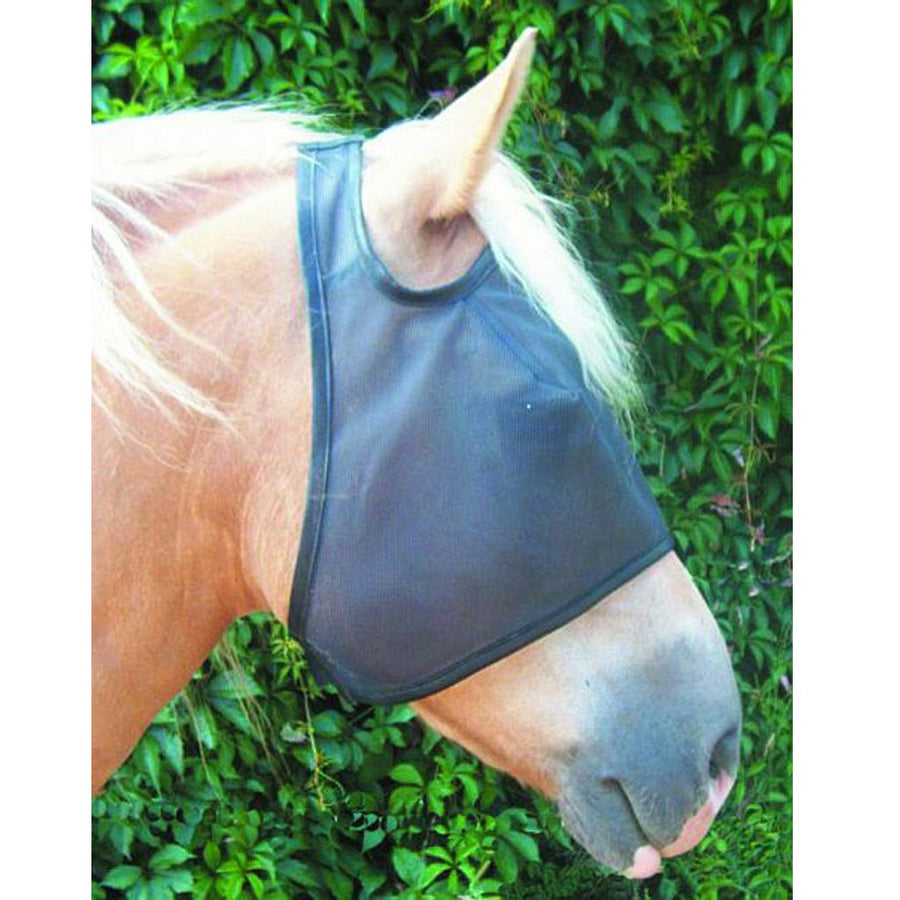
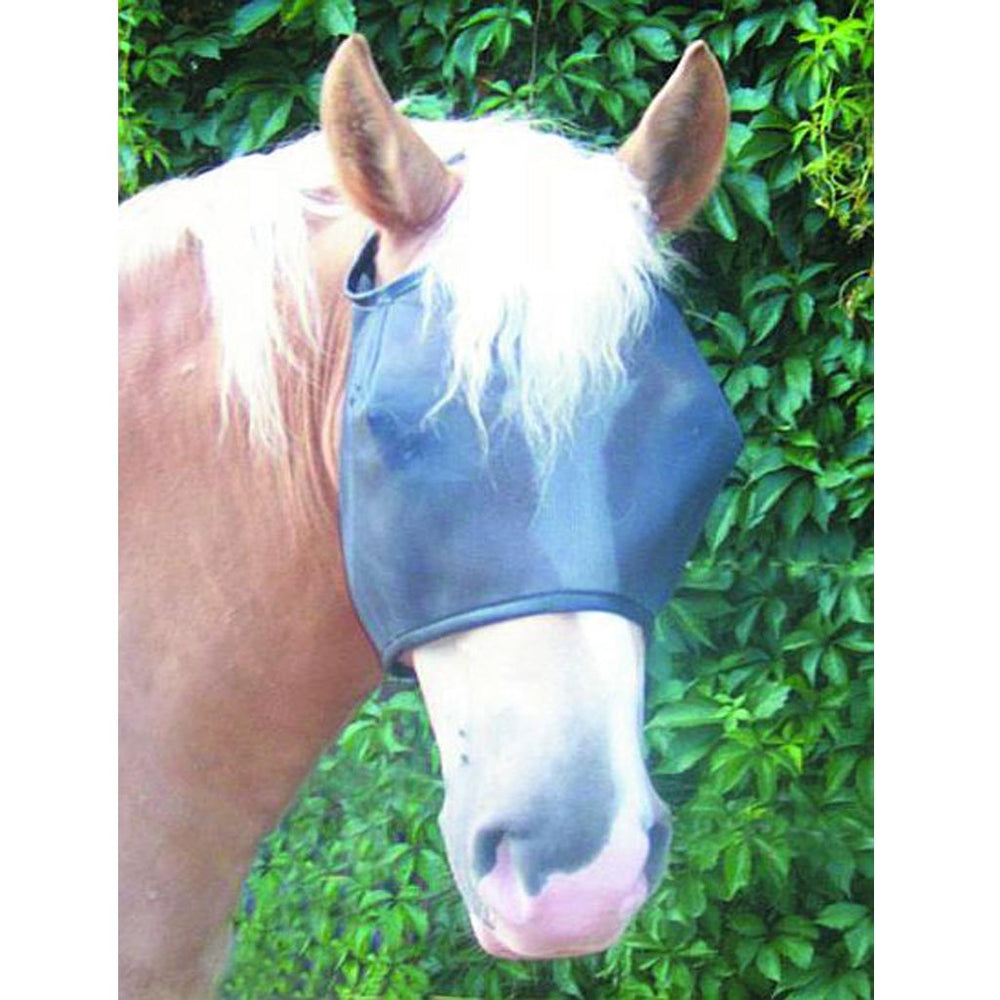
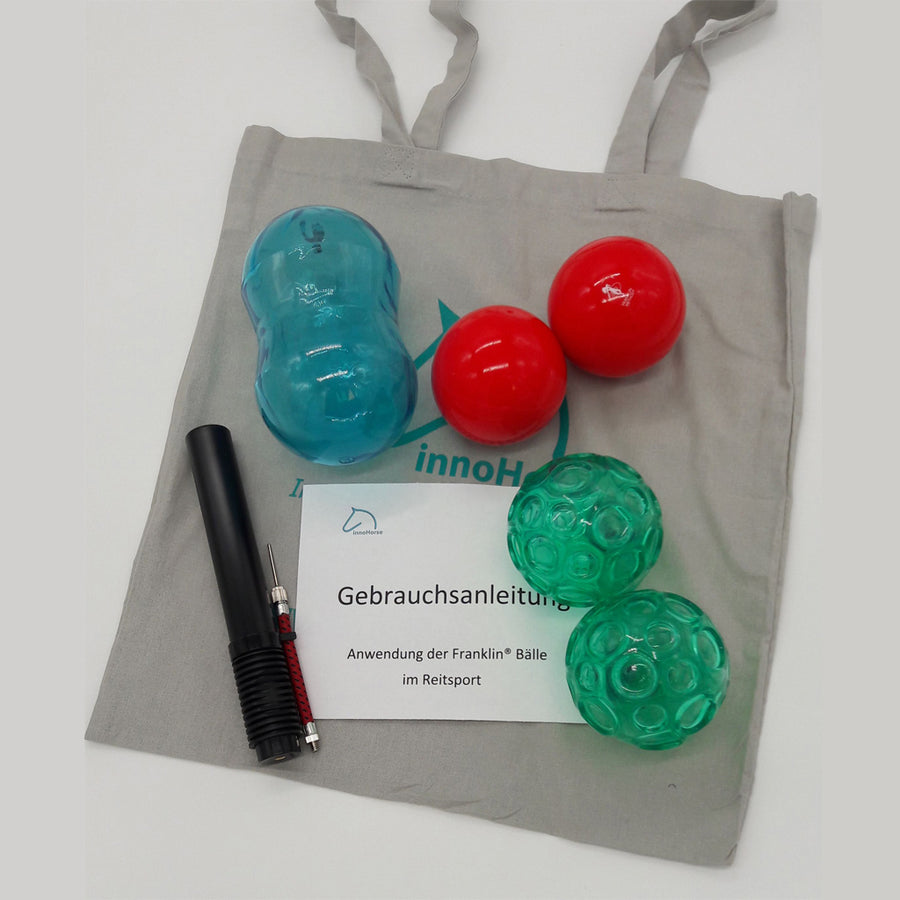
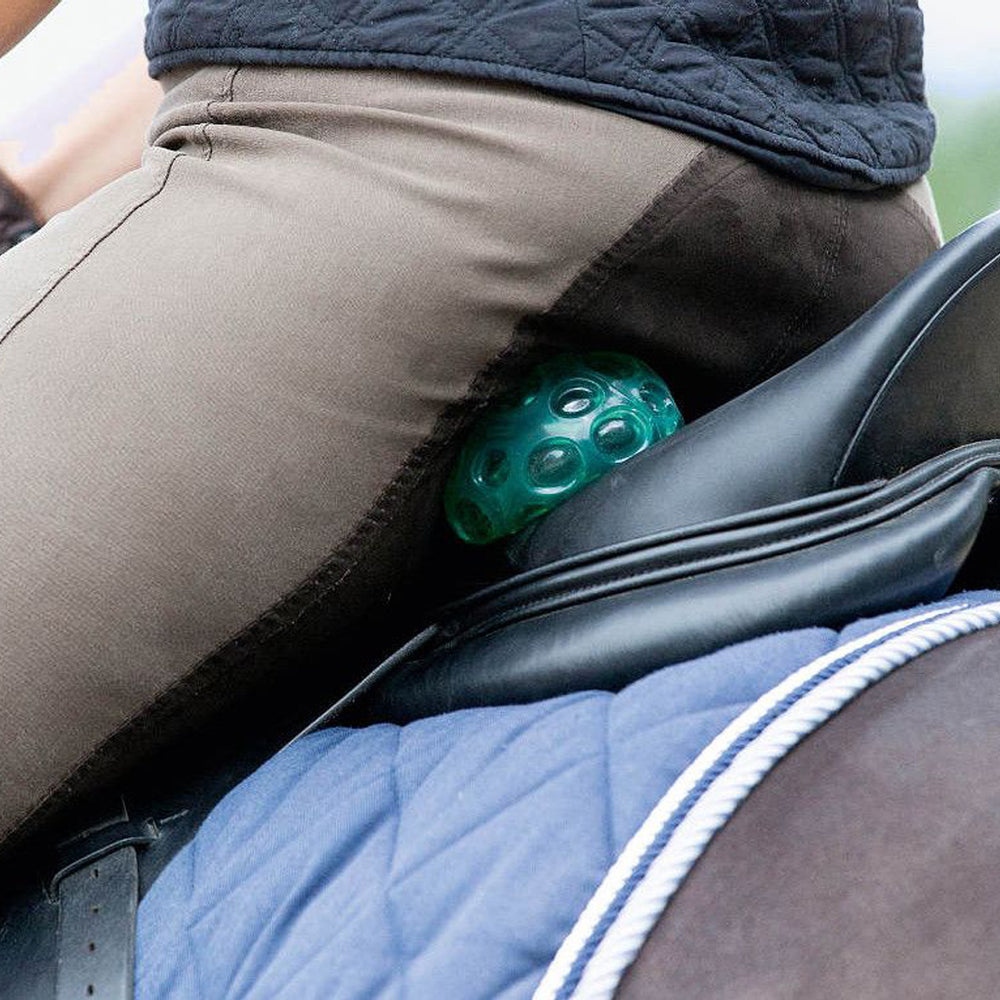
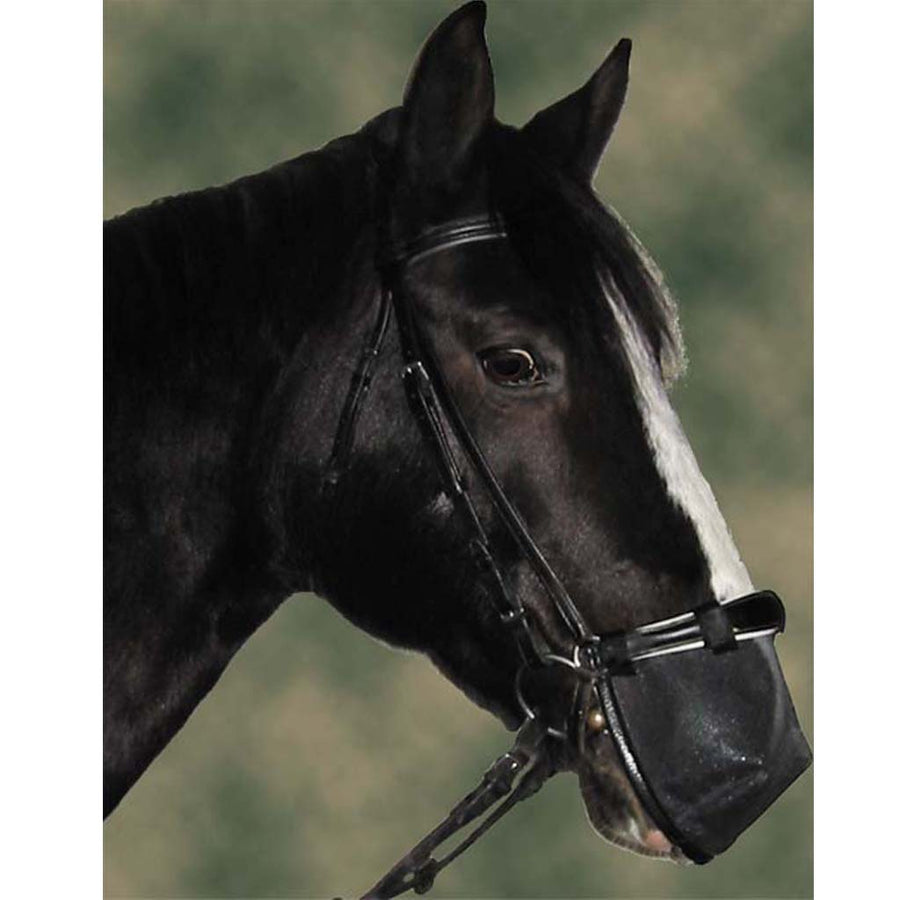

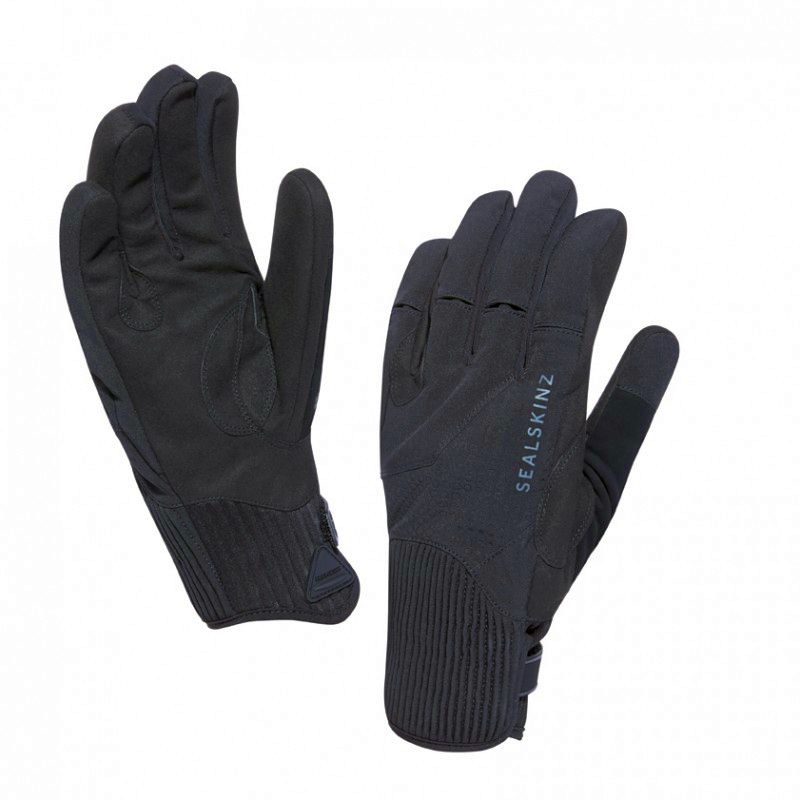



Write a comment